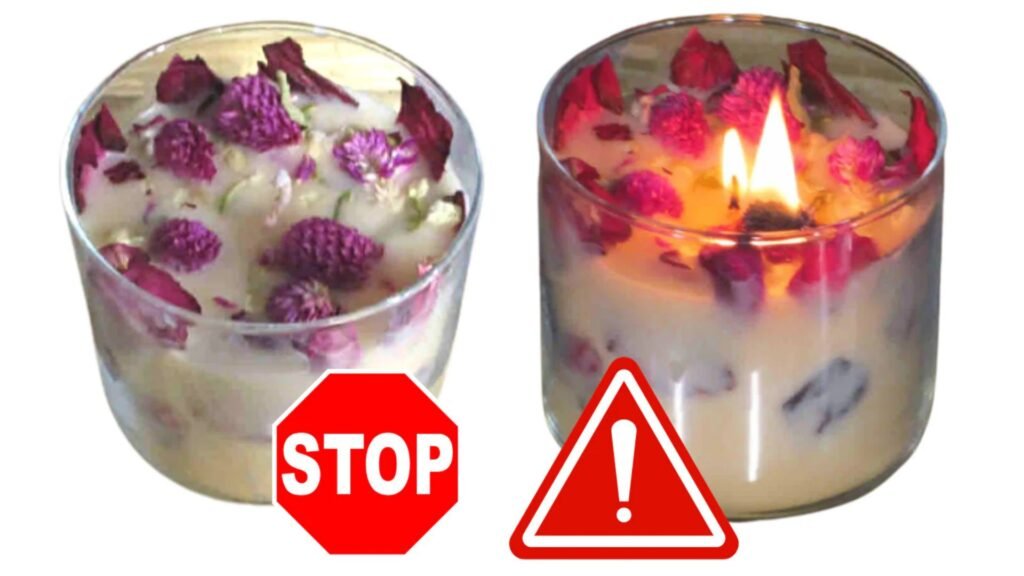How to Use Botanicals Safely
- By -Maria Joseph
- Posted on
- Posted in Botanical Medicine
Botanical remedies, also known as herbal medicine, are becoming increasingly popular as natural alternatives to conventional pharmaceuticals. Many people turn to herbs for their potential health benefits, including reducing inflammation, boosting immunity, or improving digestion. However, despite their natural origins, botanicals can be potent and carry risks if not used properly. Understanding how to use botanicals safely is crucial for ensuring their effectiveness while avoiding harmful side effects. This article provides essential guidelines for using herbal remedies safely.

Consult a Healthcare Professional
Before incorporating botanical remedies into your health regimen, it’s essential to consult a healthcare provider, especially if you are pregnant, breastfeeding, have underlying health conditions, or are taking prescription medications. A healthcare professional, such as a doctor, naturopathic doctor, or qualified herbalist, can help you:
- Identify which botanicals are safe and appropriate for your condition.
- Avoid harmful herb-drug interactions.
- Advise on proper dosages and forms of herbal medicine (e.g., teas, tinctures, capsules).
While herbs are “natural,” they can still interact with medications, cause side effects, or worsen pre-existing conditions. For example, St. John’s Wort can interfere with antidepressants or birth control, and ginseng may alter blood sugar levels in diabetics. Always ensure that your healthcare provider is aware of any botanicals you plan to use.
Start with Small Doses
When using any new botanical, it’s a good idea to start with a small dose to assess how your body reacts. Since herbal remedies can vary in potency based on factors such as preparation method and quality, it is important to gradually increase the dose to avoid adverse reactions.
- Begin with a lower dose than what’s recommended on the product label or by a healthcare provider.
- Observe for any side effects, such as digestive discomfort, allergic reactions (e.g., rash, itching), or fatigue.
- Gradually increase the dose if no negative reactions are observed, but never exceed the recommended dosage.
This step helps minimize the risk of toxicity or adverse reactions, especially when trying herbs for the first time.
Use High-Quality, Reputable Products
One of the main risks of using botanical remedies is the lack of regulation in the herbal industry. Unlike pharmaceutical drugs, herbal products are not always standardized, which means their quality can vary widely between brands and batches. To ensure safety, it’s essential to:
- Choose products from reputable brands that adhere to quality control standards.
- Look for third-party testing: Some companies have their products tested by independent laboratories for potency, purity, and contamination. Look for products with certifications like Good Manufacturing Practices (GMP) or USP (United States Pharmacopeia).
- Check for certifications: Choose certified organic products whenever possible to reduce the risk of pesticides and other contaminants.
- Be cautious with bulk or unbranded herbs: When buying loose herbs or unbranded supplements, verify the source and quality of the products. Sometimes these herbs may be adulterated or contaminated.
By choosing high-quality products, you reduce the risk of exposure to contaminants like heavy metals, pesticides, and adulterants.
Know the Proper Dosage and Form
The proper dosage and preparation of botanical remedies depend on the specific herb, its intended use, and the method of consumption. Different forms of botanicals—teas, tinctures, capsules, oils—may have different potencies and absorption rates.
- Teas: Herbal teas are one of the gentlest ways to consume herbs. However, be aware that it may take longer for the active compounds to enter the bloodstream compared to concentrated forms like tinctures. Follow dosage instructions carefully (usually 1–2 teaspoons per cup of water).
- Tinctures: These are alcohol-based extracts of herbs, often more concentrated than teas. Always use the recommended dose, which can be found on the tincture bottle. Alcohol-based tinctures are typically more potent than glycerin-based or water-based extracts.
- Capsules and Tablets: Capsules are pre-measured, which makes it easy to follow the correct dosage. Look for products that provide a clear dosage and information on the herb’s potency.
- Oils and Salves: Herbal oils and salves are used topically for issues like skin irritations, pain relief, or inflammation. Always perform a patch test first to check for skin sensitivity.
Dosage may vary based on factors such as age, health status, and the form of the herb, so always read labels and consult a healthcare professional for guidance.
Conclusion
Using botanical remedies safely involves understanding their potential benefits and risks. To maximize the therapeutic potential of herbs while minimizing harm:
- Always consult a healthcare professional before using herbal products, especially if you are pregnant, breastfeeding, or taking medications.
- Start with a low dose, use high-quality products, and be aware of any possible herb-drug interactions or side effects.
- Avoid self-diagnosis and self-treatment of serious conditions, and seek professional medical care when necessary.



